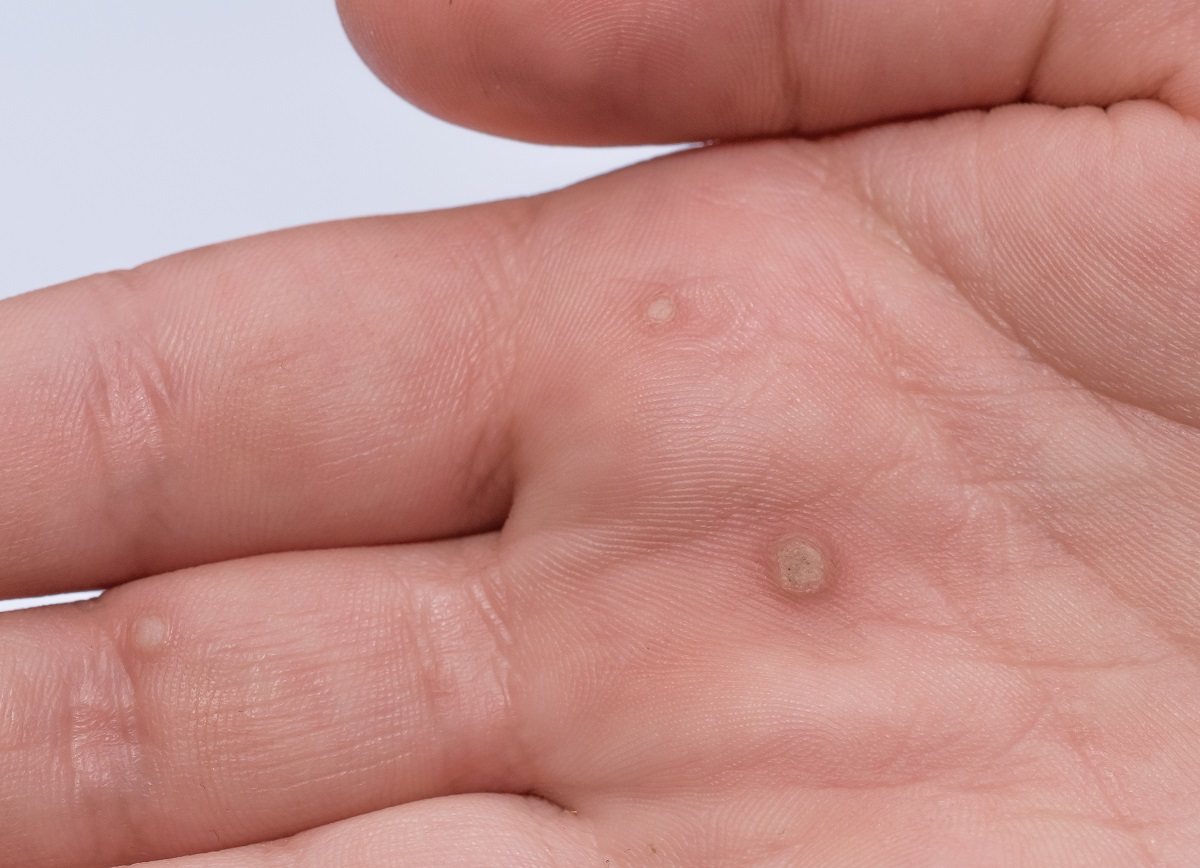As most of us know, our skin is essentially the barrier that separates the harsh outside environment and its elements from the “delicate” soft organs and that we have inside our body. Our skin is not just the most durable organ in our body (aside from our bones), but it’s also known for stopping microbes in its tracks. Most of the time, immune cells in the body will kill bacteria before they can get inside the body.
Even though our skin the first line of defense against cold temperatures, blunt force, trauma, and the elements, it’s also home to billions of microbes. Most of the time, these microbes get sustenance from the oil and dead skin cells on our skin.
These microbes are just some of the catalysts that can result in skin infections. Although it might seem like these infections are just a mild annoyance, these can become a serious matter if not properly addressed. Thus, it’s only appropriate that we look for ways of managing infections and breakouts that might happen on our skin.
What Are the Types of Infections?
But before anything else, we have to identify the main cause for a certain type of infection. As most of us know, different types of pathogens are the main catalyst for certain health conditions. For instance, athlete’s foot and jock’s itch are caused by fungi and will need anti-fungal medication to treat such a condition.
So what are some of the most common types of infections?
- Viral — Viral infections will usually vary, and they traditionally determined by the strain of the virus. Still, viral infections are one of the most common and are usually what will result in rashes. Some symptoms include bumps in the lips, soles of the feet, and even foot and mouth diseases.
- Bacterial — Compared to viral infections, bacterial infections will usually cause red and painful infections to the skin. Most of the time, pus-related infections are caused by bacteria, which can often lead to deep-skin infections.
- Fungal — Normally, fungal infections are “superficial” in nature and is often characterized by itching, cracking, and peeling of the skin.
Common Skin Infections
Acne
This skin condition is one of the most common skin infections that can happen to anyone around the world.
Most would usually attribute acne to various factors, with most individuals blaming skincare products and sudden changes in hormones. In reality, acne happens when the skin makes drastic changes that make it a conducive environment for microbes to proliferate in. For instance, oily skin can usually cause breakouts of acne. In addition to all these, the strain of bacteria present on your skin will usually determine the severity of acne.
When you’re treating acne, it’s advised that you don’t’ scratch or pick on your acne. Picking or squeezing out your can acne will leave scarring on your skin, which can last for years. Fortunately, there are acne scar laser treatments that are being operated by experienced dermatologists. Having clear pores can ensure that your skin is healthy and glowing for the years to come.
Ringworm
Contrary to what the name might suggest, ringworm is usually caused by fungus and not by worms. However, this type of infection can usually cause lesions on the skin that will appear in a circular “worm-like” shape. This type of infection is also quite common, with most animals and humans getting ringworm infections.
The first onset of symptoms is red patches growing on the infected area and will eventually spread to other areas if not treated properly. Most doctors would suggest taking anti-fungal medication to combat the effects of ringworm.
Warts

This type of infection is viral in nature. The shape of different kinds of warts varies in shape and size. Some types of warts are transmitted sexually, such as genital warts.
There are several ways of managing common skin infections without having to go to a dermatologist. Still, treating skin infections will usually be determined by the type of infection and its severity. Although minor skin infections don’t necessarily need medical attention, there are some cases since it can go away by themselves.
For moderately severe skin infections, most doctors will prescribe antibiotics that can treat most bacterial skin infections. Although there have been instances that bacterial strains can survive certain medications. For fungal infections, antifungal medication is needed. This will help fill off the fungi that are growing on your skin or stopping it outright.
Suppose the infection area has been exhibiting serious symptoms such as progressive worsening, intense and unrelenting itching, pain, and fevers. In that case, it’s only appropriate that you look for a licensed medical practitioner that can help you with your situation.



















